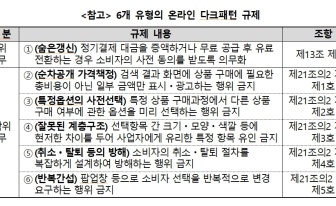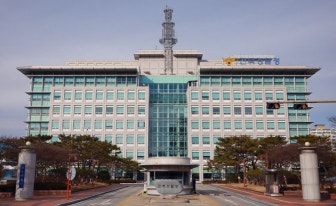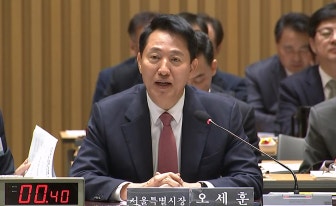North Korea launched multiple short-range ballistic missiles (SRBMs) toward a spot in its northeastern interior on Wednesday, in what observers see as a calculated move to bolster its negotiating leverage with the United States while demonstrating its strike capability against South Korea and Japan ahead of the APEC Economic Leaders’ Meeting.
Modified Hwasong-11Da-4.5 suspected
South Korea’s Joint Chiefs of Staff (JCS) said the missiles were fired around 8:10 a.m. from Chunghwa County in North Hwanghae Province, south of Pyongyang. They flew about 350 kilometers (217 miles) before landing in North Korea’s northeast. The same launch site was used in March 2023 for a test of the KN-23 series, modeled after Russia’s Iskander missile.
Based on the flight altitude and trajectory, South Korean military authorities believe the missiles fired on Wednesday resemble the Hwasong-11Da-4.5, which was launched from Kaechon, South Pyongan Province, on Sept. 18 last year.
At the time, North Korea described the weapon as a “new tactical ballistic missile with a 4.5-ton conventional warhead.” Analysts interpreted it as a direct counter to South Korea’s high-powered Hyunmoo ballistic missiles.
North Korea also claimed the missile demonstrated both midrange accuracy — with a target distance of 320 kilometers — and the destructive power of a massive warhead. The extended range of the latest test suggests the missile has been upgraded.
The Hwasong-11Da-4.5 designation appears to reflect the warhead weight, indicating it is part of the Hwasong-11Da line based on the KN-23 platform — a heavy missile system primarily aimed at striking South Korea.
Military experts warn that, if further upgraded, such missiles could target not only all of South Korea but also some U.S. military bases in Japan.
“Its mission is to neutralize South Korea’s underground command posts and strategic assets,” said Kwon Yong-soo, a professor emeritus at Korea National Defense University. “Its range, estimated at up to 700 kilometers, could strike across the South and reach select U.S. bases in Japan.”
A message ahead of Trump’s APEC appearance?
The missile test was North Korea’s fifth ballistic launch this year and the first since the inauguration of the Lee Jae Myung administration. Experts are paying close attention to the timing — just over a week before the APEC.
Lee Byung-chul, a professor at Kyungnam University's Institute for Far Eastern Studies, said the provocation is likely intended to “signal that North Korea is taking the lead on the Korean Peninsula situation, just before U.S. President Donald Trump’s expected visit,” thereby raising Pyongyang’s leverage in future talks.
While firing a ballistic missile — a violation of United Nations Security Council resolutions — North Korea limited the provocation to a short-range launch, leaving room for future dialogue.
North Korean leader Kim Jong-un has previously expressed willingness to meet with Trump, provided that denuclearization is not on the table.
Analysts believe the broader aim is to solidify North Korea’s status as a de facto nuclear state, backed by China and Russia. With both Trump and Chinese President Xi Jinping expected to attend APEC, North Korea’s latest move may have been a deliberately timed and calculated show of force.
Hypersonic claims possible despite skepticism
South Korea’s military does not believe the missiles fired on Wednesday were test flights of the Hwasong-11Ma — a hypersonic glide vehicle (HGV) revealed at North Korea’s Oct. 10 military parade marking the 80th anniversary of the Workers’ Party.
However, officials did not rule out the possibility that North Korea could claim it successfully tested a hypersonic missile, as it has previously exaggerated test results for propaganda purposes.
In July 2024, Pyongyang claimed a successful launch of the Hwasong-11Da-4.5, though South Korean authorities assessed the missile had failed to fly normally.
In response to the launch, South Korea’s presidential office convened an emergency national security meeting led by the National Security Office.
“The government reviewed the military’s response and assessed the potential impact on the Korean Peninsula,” the presidential office said, adding that it is “closely monitoring the situation and reviewing all necessary countermeasures against the possibility of additional launches.”
This article was originally written in Korean and translated by a bilingual reporter with the help of generative AI tools. It was then edited by a native English-speaking editor. All AI-assisted translations are reviewed and refined by our newsroom.



















































